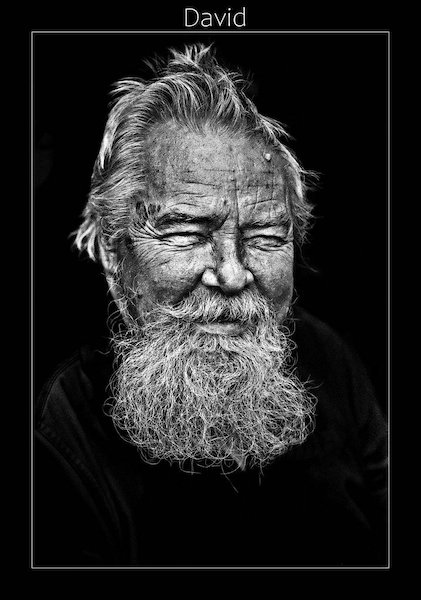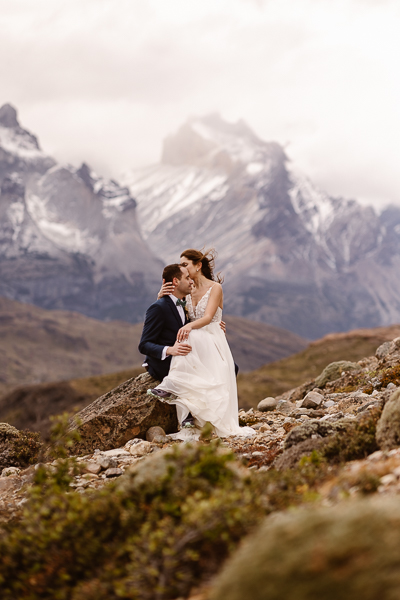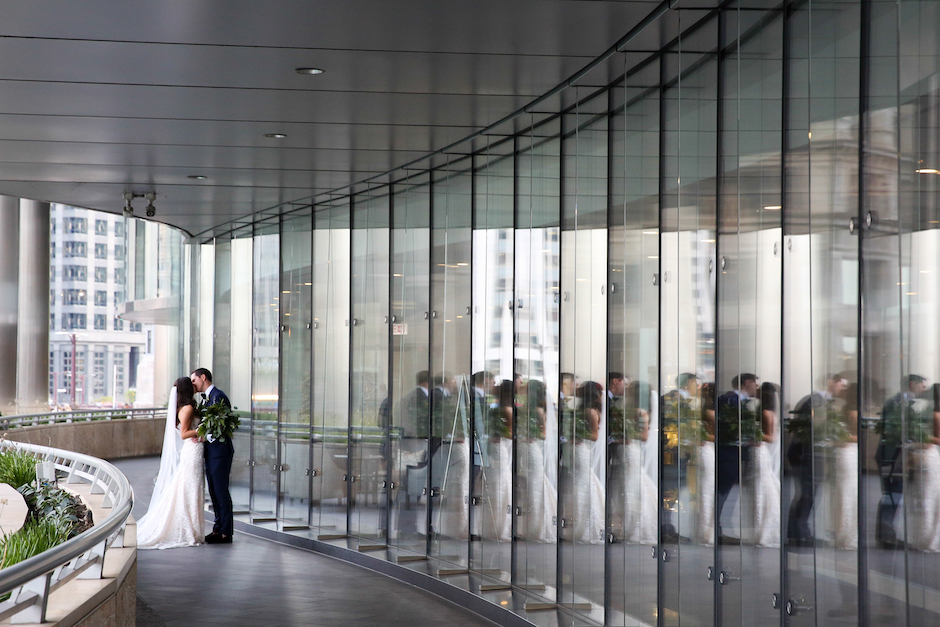Girls in Color
August 1, 2011
Rania Matar, born and raised in Lebanon, is an award-winning photographer whose primary focus is female life. Her striking, thoughtful photographs of women and children in the Middle East give voice to people who have been forgotten or misunderstood. Her work has covered the Palestinian refugee camps, the spread of the veil (known as the hijab) and its meanings, the aftermath of war in Lebanon, and Christian Arabs. While living in Boston she recently completed a new body of work, “A Girl and Her Room,” three portfolios that showcase teenage girls from the U.S. and the Middle East in their individual spaces of solace.
Rania discovered her absolute love of art at Cornell University’s School of Architecture, where she found she could actually draw and paint. Here she learned to see and compose, combining architecture and painting for her thesis. She designed a museum for the late work of Picasso, her favorite artist, eventually interpreting architecture and design as a three-dimensional painting. During her studies, the use of light, composition and textures became second nature to Rania, ultimately leading her down a path to photography.
After graduating in 1987, Rania worked as an architect for a few years. While she enjoyed the profession, she missed the abstractness and artistic side of a design process in which the math and technicalities of actually putting a building together did not quite fit. Once Rania began dabbling in photography, she was immediately drawn to black-and-white film. Her kids were her inspirational models; she was also drawn to Sally Mann’s photographic family work. Eventually she began photographing people and their daily lives in Lebanon, while studying the work of Henri Cartier-Bresson, Josef Koudelka, Helen Levitt and the Greek portfolio of Constantine Manos. Photo books played an important role in her photographic education. She later studied at the Maine Photography Workshops and at the New England School of Photography.
“I originally focused on still life, portraits, nudes and mastering the craft of working in the darkroom,” Rania says. “In 2002 I photographed at a Palestinian refugee camp in Lebanon. Something happened. It felt as if everything I had done and lived so far converged into that moment. Photography was a means of telling a story through pictures. Growing up in the Middle East, living in the United States, my background as an architect, my love for art, my role as a woman and a mother all contributed to making this newfound hobby my passion and career.” At that turning point in Rania’s life, she never looked back. In 2005, she took a workshop in Mexico with renowned Magnum photographer Constantine Manos. He became her mentor.
Of her project, “A Girl and Her Room” Rania says, “It’s fascinating to watch young women during their transitional years and the transformations that take place, the adult personality shaping up, an insecurity and a self-consciousness that replaces the carefree world where they have lived so far. When I started photographing my teenage daughter with her friends, I quickly realized how aware of each other’s presence they all were—that being in a group affected very much how they portrayed themselves to the world, so I decided to photograph each girl alone in her own space.”
All of Rania’s projects, so it seems, develop from places very personal to her. “For example, my work in Lebanon was triggered by the negative news coming out of the Middle East after 9/11,” she says. “I wanted to tell a different story, show a different face of the area and its people; present in pictures the humanity, dignity and resilience of people. How a photographer chooses what to photograph and when, how he or she frames an image and contextualizes it, defines how the whole body of work is perceived.”
Rania began her photography work by using a medium format camera—a Mamiya M7II. She eventually switched to Leica M6 and M7 bodies. With the small and quiet nature of these cameras, she felt she disappeared when shooting. For her book, Ordinary Lives—a poignant photographic essay of the day-to-day lives of ordinary people after numerous wars—she shot with a Leica using 35mm and 28mm lenses, relying only on available natural light using Tri-X and Ilford 3600 film when needed.
Rania eventually went digital with the Nikon D700. She opted to shoot “A Girl in Her Room” in color, the most obvious reason being that the brilliant hues in the girls’ rooms are a very important part of her images. Working in color and learning the digital process has kept her excited and invigorated.
There is one precaution she takes in the digital process, however. “I do not like to edit my images too soon,” she says. “When I work with film and the darkroom, there is a lag in time between the moment I take the shot and the moment I get to look at the whole body of work. I need space between the time I experience the moment—when I see and take the actual photo—and the time I edit the work. With digital it is too easy to edit as you shoot. I find it disruptive, distracting and detrimental to the whole process. I never delete an image on the spot. I download everything and wait a few days before looking at the images. By then I feel removed enough from the moment the image was taken and can look at the work with a fresh eye.”
Rania initially uploads her files into Bridge, highlighting her favorites before putting them away and returning to them days later. She edits raw files in Photoshop before making rough prints. Baryta paper, which reminds her of Agfa’s gelatin silver papers, is her favorite for output. She uses an Epson 9900 printer as it offers the ability to print images up to 44-inches wide.
“New digital methods have made photography and printing more accessible to more people, which is not a bad thing,” Rania comments, “as long as one stays true to one’s self and view one’s work as art that rises above the commonality of just ‘taking a picture.’ I found when I first started photographing digitally I wasn’t as careful with each shot. It was an adjustment to get back to the same frame of mind as with shooting film. It is unfortunate that many people don’t even print their work anymore. Just viewing the work digitally is becoming too common.” Rania’s most recent attempt to slow down the process yet again prompted her to begin a new project using a 4 x 5 camera.
On marketing her work, Rania says, “Having a Web site helps quite a bit; it is a must for all photographers.” She also finds portfolio reviews with professionals from the photo world, curators, gallery owners, and book and magazine publishers, extremely helpful in building relationships and evaluating her own work. “You actually meet people in an environment where they also want to meet you,” she offers. “As photographers we are also lucky to have access to huge numbers of competitions and juried exhibitions. It is a wonderful way to get your work out in front of professionals and hopefully in front of the public.”
Like most photographers these days, Rania has found Facebook useful. “It is easy to post something on Facebook knowing that whoever is interested will look at it, and whoever is not will just ignore it,” she says.
Rania’s best advice is to stay honest, respect the people on the other side of the camera and choose meaningful projects. “There is a difference between taking pictures and producing a body of work,” she says. “It could be anything as long as it is meaningful and keeps the photographer passionate and committed. I recommend producing a coherent body of work, edit it well and start presenting it.” As always, though, she says she often starts with one project in mind and then something different may happen along the way that moves the work in a different direction. “It is a good thing to let it happen. This is how every single one of my projects came
to life.”
Rania’s fine art photographs have been exhibited widely. Her images are in collections at the Museum of Fine Arts, Boston; the Museum of Fine Arts, Houston; Portland Art Museum; and the Danforth Museum of Art, Framingham, among others. She is also represented by Gallery Kayafas, Boston; Schneider Gallery, Chicago; De Santos Gallery, Houston; Galerie Janine Rubeiz, Beirut; and The Empty Quarter Gallery in Dubai. Her awards include the Legacy Award at the Griffin Museum of Photography; First Prize at the New England Photographer’s Biennial; and Second Prize at Px3—Prix de la Photographie, Paris. Rania was one of four finalists for the prestigious James and Audrey Foster Award with a solo exhibition at the Institute of Contemporary Art in Boston, and named one of the Top 100 Distinguished Women Photographers by Women in Photography International. Her first book, Ordinary Lives, was published by Quantuck Lane Press and was released for distribution in 2009 by W.W. Norton.
Visit Rania’s Web site for more information and view her portfolios at www.raniamatar.com.
Paul Slaughter is a world-traveled photographer and writer residing in Santa Fe, NM. Paul specializes in location, stock and fine art photography. An avid jazz lover, he has an extensive photographic collection of jazz legends. You can view portfolios of Paul’s work at www.slaughterphoto.com.




